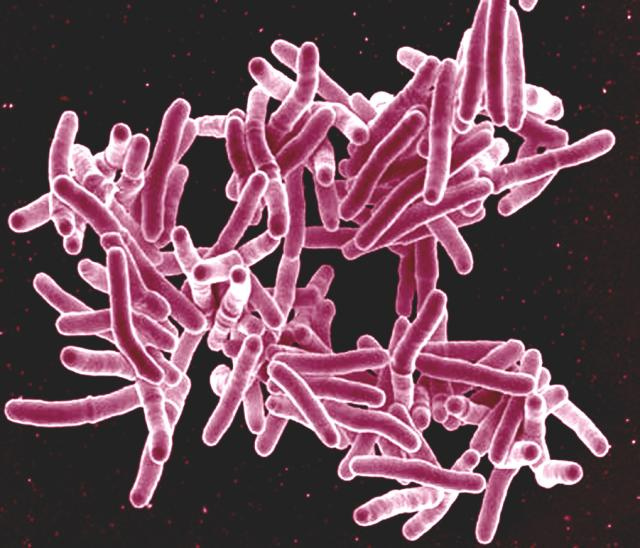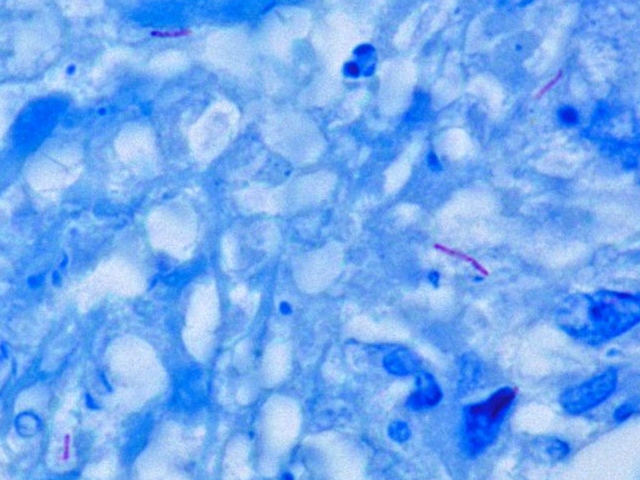"Containment laboratories must be designed and built so as to prevent or control the exposure of laboratory workers, other persons and the environment to the biological agent in use." Medical Research Council: Standards for Containment Level 3 Facilities.
As an expert in the provision of critical ventilation systems for healthcare and life sciences facilities, Medical Air Technology (MAT) supports research into hazardous pathogens by providing CL3 laboratories (also known as Category 3 or Cat 3 laboratories) for some of the UK's leading research facilities, including:
- Liverpool School of Tropical Medicine
- Glan Clwyd Hospital, North Wales
- Imperial College London
- Queen Mary University of London
- Royal Liverpool Hospital
- Cambridge University's Department of Chemical Engineering and Biotechnology
Our turnkey design-and-build solutions for CL3 laboratories provide a fully compliant facility with integrated ventilation systems. The laboratories are easy to clean and maintain, designed in accordance with ACDP and SAPO guidelines, and packed full of features to fulfil each client's specific needs.

Mycobacterium tuberculosis
What is a CL3 Laboratory?
A CL3 laboratory is required when handling human pathogens that may be transmitted via inhalation, that often have a low infectious dose to produce effects and that can cause serious or life-threatening disease. These pathogens include HIV, hepatitis B, yellow fever and rabies.
CL3 containment features primary and secondary barriers to minimise the release of infectious organisms into the immediate area and the environment. Every CL3 laboratory has two physical layers of containment:
- The primary barrier (safety equipment), which contains the hazard at source
- The secondary barrier (the laboratory itself), the design of which is essential in protecting both the worker and those outside the laboratory and also restricts entry.

Mycobacterium tuberculosis Ziehl-Neelsen stain
MAT - delivering specialist airflow
Conceptualising and designing a safe and compliant CL3 laboratory requires expert knowledge and a thorough and advanced understanding of the way airflow operates and the importance of room structure. MAT's energy efficient laboratory critical ventilation system provides the secondary barrier necessary to provide containment.
Specialist airflow design ensures the maintenance of constant negative pressure and door protection to stop the escape of hazardous pathogens. This is achieved using a monitored pressure control system, through which air is supplied to the lobby and drawn through the facility by a combination of safety cabinet extract and HEPA filtration of exhausted laboratory air. The lobby provides an additional level of control of the flow of air into the laboratory when workers are entering or exiting, avoiding potentially problematic fluctuations in air patterns within the laboratory.
In addition, the laboratory is an air- and gas-tight, leak-proof room. This is essential not only for the containment of pathogens, but also to ensure that room fumigation, which uses highly toxic concentrations of formalin (formaldehyde), can be carried out safely.
The airflow designs for each CL3 laboratory are unique to that facility. MAT engineers have the skill and experience required to work within relevant guidelines and the specific requirements of each client and installation to provide a safe and functional system.
Turnkey installations
MAT delivers turnkey design-and-build solutions, providing all the benefits that come with dealing with just one experienced and trusted contractor throughout. As part of this, in addition to the critical ventilation system, MAT installs the room structure and specialist finishes, such as full vinyl to walls, floors and ceilings and/or GRP specialist coatings. MAT also installs all the fixtures and fittings needed to complete the laboratory, such as specialist lighting, work benches, vision panels and doors. Penetrations through the structure are kept to a minimum but where services need to enter the room, specially designed transit plates prevent air penetration.
MAT FM - commissioning, service and maintenance
Once the installation has been completed, our sister company MAT FM will commission the laboratory to ensure it is fully compliant and functioning correctly. The rooms are pressure decay tested at both negative and positive pressures and leak tested via the use of tracer gas detection methods. An ongoing service and maintenance plan from MAT FM provides full verification of the critical ventilation system and an annual major service.
At MAT, we are confident we have the best engineers and design capability in the business. Our use of BIM modelling puts us right at the forefront of design innovation. From initial concept to testing, commissioning and validation, we will ensure you have the safest and most efficient environment for the physical containment of highly pathogenic organisms.
